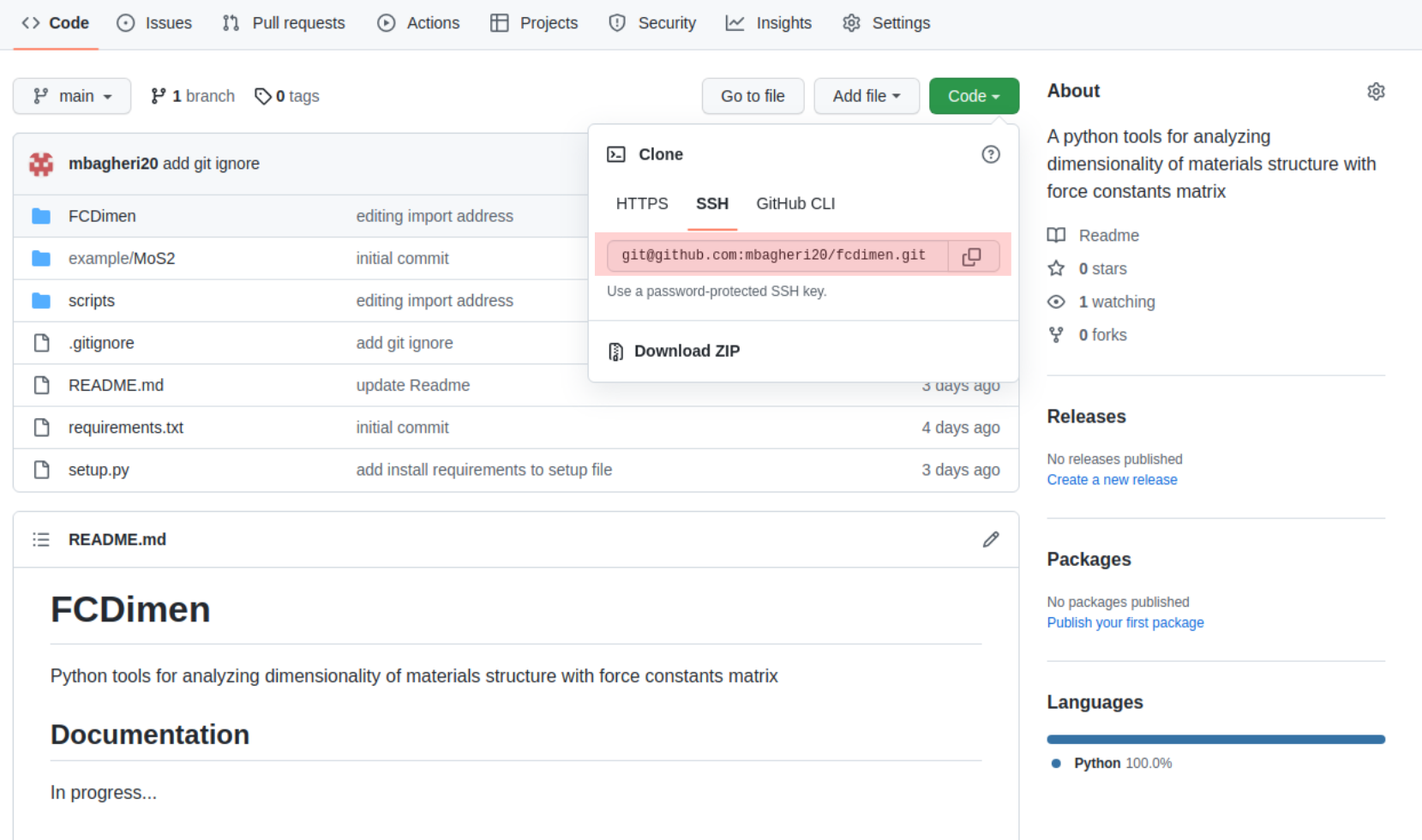Basics of Git
Outlines
Learn how to install git and configure it.
Learn how to configure github for remote features.
Learn basic commands for working with git.
Learn how to work repository, branches and log.
What is Git and why we need that
Git is a version control that helps us to record a snapshot of the developing process
Track changes in contents of project
Efficient and easier collaboration in code developments
Git installation and first configurations
To install git on your system use the following commands based on your unix distributions:
If you’re on Fedora (or any closely-related RPM-based distribution, such as RHEL or CentOS), you can use dnf:
$ sudo dnf install git-all
If you’re on a Debian-based distribution, such as Ubuntu, try apt:
$ sudo apt install git-all
Configure Git
With the following you can have minimal configurations in git contains name, email and your favorite editor that here we selected nano. You can select everything you want.
$ git config --global user.name "Your Name"
$ git config --global user.email yourname@example.com
$ git config --global core.editor nano
Verify the configurations with:
$ git config --list
Configure Git-hub
For using github feature, making our local git project online and sync our local project with online version we have to use SSH protocol that allows us connect to remote servers to push and pull code. Go to Connecting to GitHub with SSH and follow the instructions to add ssh key of your system to your github account.
Verify the git connection
Try following command in terminal:
$ ssh -T git@github.com
If you set up ssh keys correctly, you will see:
Hi username! You've successfully authenticated, but GitHub does not provide shell access.
Make a git project and basic commands
with following you can make a example project and make .git folder that contains all information about project.
$ mkdir example
$ cd example
$ git init
Adding files
Git takes snapshots only if we request it. We will record changes always in two steps:
add and commit (with a message) For add files to project we will use
git addto stage the file in git then we have to commit it with a good message.Here we will make a text file and ask git to record the changes for it:
$ git add sometext.txt
$ git commit -m "This is an example file"
In every stage we can use git status to see the changes.
Now add some texts to text file save it and use add and commit to see changes in status.
add below text to sometext.txt
One file is called instructions.txt and contains:
* I love Physics.
Use git diff to see the changes then with following we can add updates:
$ git add sometext.txt
$ git commit -m "Updating text file"
Try git status to see status of project.
Git history and log
Git will keep a complete history of project and we can browse the development and access each state that we have committed that will be used to compare versions and going back in time. we can see a log of project with:
$ git log
git log --onelineonly shows the first 7 characters of the commit hash and is good to get an overview.If the first characters of the hash are unique it is not necessary to type the entire hash.
git log --statis nice to show which files have been modified.
Branches
In priciple, branch is a new place containing a copy of original code that you can work on a new feature, develop and test it and in the final step merge it to main branch of code. e.g. if you use following command you will have a copy of code in a folder that you can edit the codes without breaking working code:
$ git branch addfeature master # creates branch "addfeature" from master
$ git checkout addfeature # switch to branch "addfeature"
$ git branch # list all local branches , using branches shows with *
When you finished your editing or add new feature you can merge it to master(main) branch:
$ git merge addfeature
You can delete your branch after merging:
$ git branch -d addfeature
Working with existing project
For download a project to your computer and and contribute changes use git clone repository link:
$ git clone git@github.com:mbagheri20/fcdimen.git
$ cd fcdimen
you can always find the project link in SSH

Push and Pull
when you want to upload your git commits or changes from your local system to github use git push.
And always remember before starting working on project download new changes that may made by your collaborators from github with git pull
Summary of git commands
$ git init # initialize a new repository
$ git add # add files or stage file(s)
$ git commit # commit staged file(s)
$ git clone # clone an existing repository from github
$ git push # upload changes to github
$ git pull # download changes from github
$ git branch # making a new branch
$ git checkout # change the working branch
$ git merge # merge branch to the main branch
$ git branch -d # delete branch
$ git status # see what is going on
$ git log # see history
$ git diff # show unstaged/uncommitted modifications
$ git show # shows the change for a specific commit
$ git mv # move tracked files
$ git rm # remove tracked files